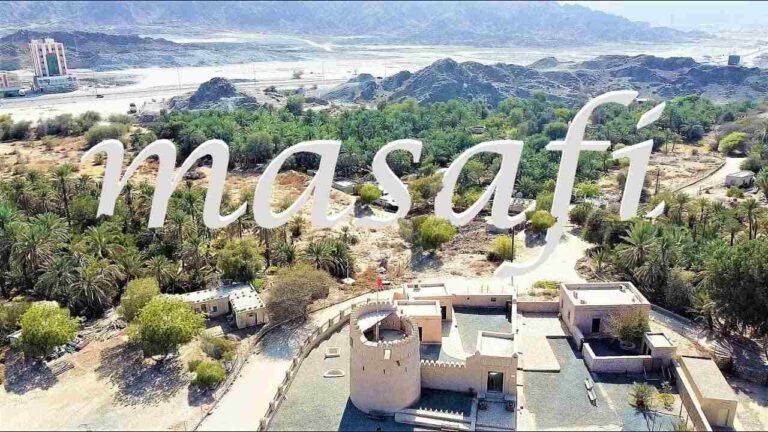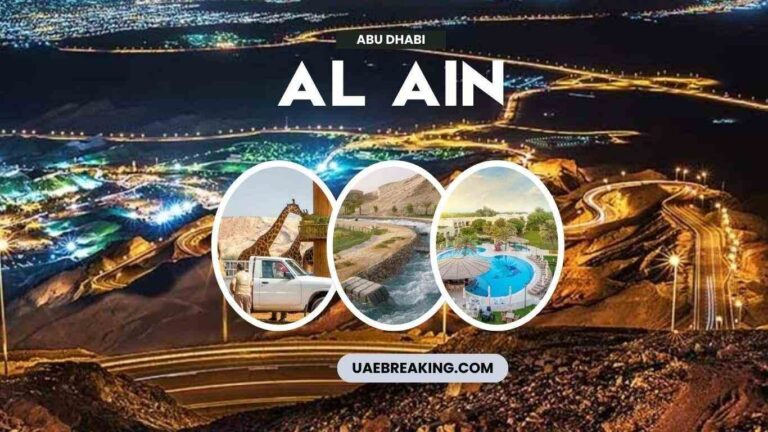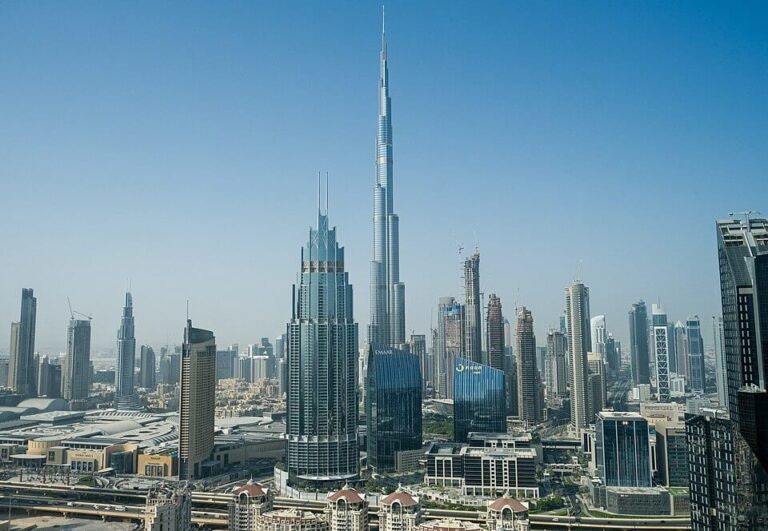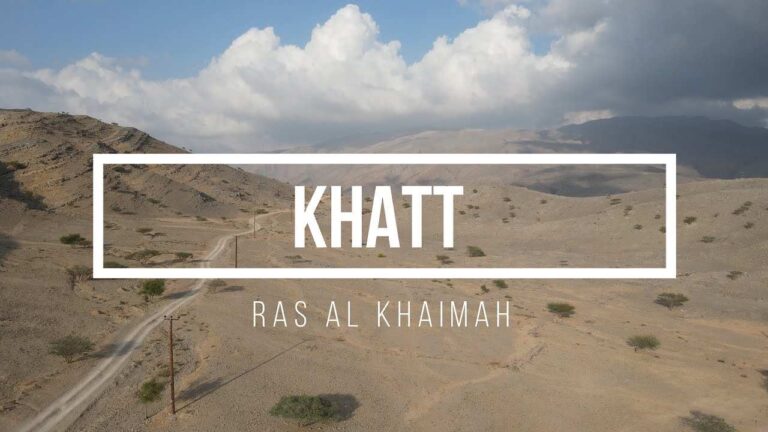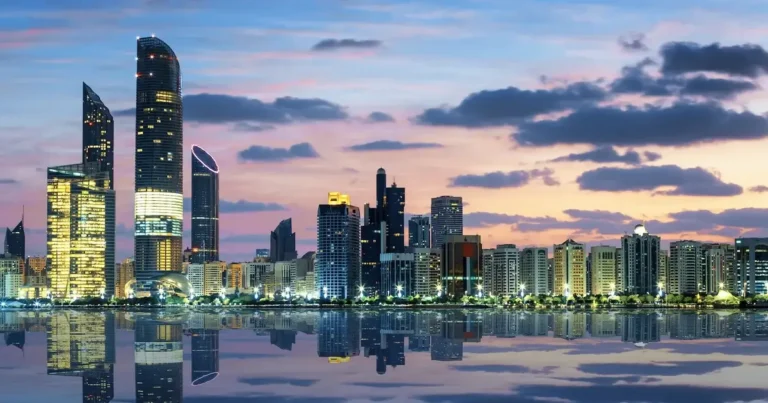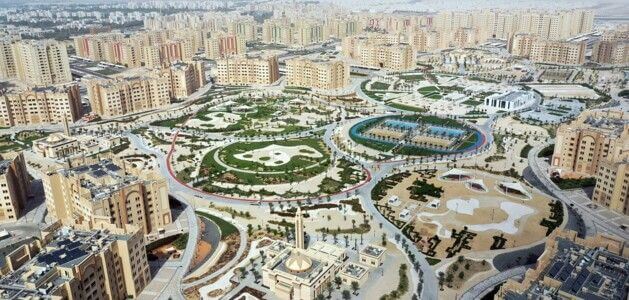Al Dhafra Region Towns, Abu Dhabi: A Journey Through the UAE’s Wild West
In a world increasingly defined by speed and city skylines, Al Dhafra Region stands as Abu Dhabi’s most expansive yet least populated frontier—a sweeping canvas of ancient dunes, resilient communities, and untamed coastlines. Covering nearly 71% of Abu Dhabi’s landmass yet housing a fraction of its people, this vast region is more than just the Emirate’s western edge—it is its soul.
What Is the Al Dhafra Region?

Once known as Al Gharbia or the Western Region, Al Dhafra (Arabic: مِنْطَقَة ٱلظَّفْرَة) is one of three municipal regions in the Emirate of Abu Dhabi. While it may be the most remote by geography, its significance to the UAE is profound: Al Dhafra holds the lion’s share of the country’s oil and gas reserves, underpins traditional Bedouin culture, and hosts some of the nation’s most evocative landscapes—from the rippling dunes of the Empty Quarter to the wildlife-rich islands of the Arabian Gulf.
Its regional capital is Madinat Zayed (also known as Bida Zayed), and from here radiates a constellation of towns—each with its own story, economy, and rhythm.
Key Towns in Al Dhafra Region
Madinat Zayed: The Beating Heart of Al Dhafra
As the administrative and commercial centre, Madinat Zayed blends tradition with modern development. With wide boulevards, government offices, educational institutions, and cultural venues, it serves as the political and logistical hub of the region. The town is a launchpad for excursions into the Liwa Desert and hosts the renowned Liwa Date Festival—a celebration of Emirati heritage and agriculture.
Ruwais: The Industrial Powerhouse
Ruwais is Al Dhafra’s economic engine, known primarily for its oil refining and petrochemical industries. Managed by ADNOC, the Ruwais Industrial Complex is one of the largest in the Middle East. Despite its industrial identity, Ruwais is also a planned residential community complete with schools, mosques, hospitals, and shopping centres—a city built for workers and families alike.
Liwa Oasis: Where the Desert Breathes
Liwa is a living museum of Emirati resilience. Once a string of date farming settlements at the edge of the Empty Quarter (Rub’ al Khali), Liwa remains home to centuries-old forts and rich agricultural traditions. Today, it’s a destination for luxury desert tourism, offering everything from 4×4 dune safaris to tranquil stargazing under pristine night skies. It is also where the legendary Moreeb Dune stands—one of the tallest sand dunes in the world.
Ghayathi: The Agricultural Hub
Lying west of Madinat Zayed, Ghayathi is a town shaped by its agricultural ambitions. Known for large-scale farming initiatives, Ghayathi is where food security meets desert innovation. Greenhouses, date plantations, and government-supported agri-projects provide not only sustenance but employment to many residents. It’s also close to oil and gas operations, creating a dual identity of agriculture and energy.
Al Mirfa: The Coastal Charmer
Al Mirfa sits serenely on the shores of the Arabian Gulf. Traditionally a fishing village, it has grown into a laid-back town known for its beaches, community vibe, and annual events like the Al Mirfa Watersports Festival. With the newly developed Mirfa Hotel and nearby beach campsites, the town is becoming a coastal escape for residents across the region.
Sila and Ghuwaifat: The Western Gate
Located near the Saudi border, Sila and its satellite community Ghuwaifat serve as vital entry points for land transport and logistics. While small in population, their strategic role in customs and cross-border trade makes them indispensable to the UAE’s commercial arteries. Travellers heading into or out of Saudi Arabia often pass through this checkpoint—making it a literal and symbolic gateway between nations.
Dalma Island: A Glimpse Into the Gulf’s Past
Just off the coast lies Dalma Island—a historical trading outpost and archaeological treasure trove. It is believed to be one of the oldest permanently inhabited sites in the UAE. Today, Dalma balances its fishing heritage with small-scale tourism and island life, connected to the mainland via ferries and serviced by Dalma Port. Its quiet pace and deep roots make it a living link to the maritime history of the Emirates.
Why Al Dhafra Matters
Beyond its scenic extremes and low population density, Al Dhafra is crucial to the future of the UAE. Here’s why:
- Economic Backbone: 90% of Abu Dhabi’s oil reserves lie beneath Al Dhafra’s sands and shores.
- Cultural Reservoir: It is home to enduring Bedouin customs, camel racing traditions, and falconry festivals.
- Ecological Haven: Islands like Sir Bani Yas are conservation zones where Arabian oryx, gazelles, and cheetahs roam freely in a natural environment.
- Strategic Position: Border crossings, ports, and industrial hubs connect it to the Gulf region and beyond.
Travel Experiences in Al Dhafra
Desert Escapades
From stargazing in Liwa to glamping at Bab Al Nojoum in Al Mugheirah, the desert here isn’t just something to drive across—it’s a destination in itself.
Island Adventures
Sir Bani Yas Island is a crown jewel. Go on a wildlife safari, scuba dive, or kayak through mangroves while staying at world-class resorts like Anantara Sir Bani Yas Island.
Heritage Trails
Explore prehistoric sites like Mleisa 1, where fossilized elephant tracks dating back seven million years tell stories of an ancient ecosystem. Or visit 6,000-year-old archaeological discoveries in Baynunah, including camel-slaughter sites that shed light on early human settlements.
Life in the Towns: A Look at Community and Services
Despite the region’s rugged vastness, Al Dhafra’s towns offer modern amenities. Residents benefit from:
- Government-funded schools and hospitals
- High-speed road connections to Abu Dhabi city
- Cultural centres and public parks
- Access to regional ports managed by Abu Dhabi Ports, including Dalma, Sir Bani Yas, and Al Sila
These developments ensure a high quality of life while retaining the authenticity of each town’s identity.
FAQs
What are the towns in Al Dhafra Region?
The major towns include Madinat Zayed, Ruwais, Liwa Oasis, Ghayathi, Al Mirfa, Sila (including Ghuwaifat), and Dalma Island.
What is the Al Dhafra Region known for?
It’s renowned for its vast oil reserves, desert landscapes, historic oases, and eco-tourism on islands like Sir Bani Yas.
How large is Al Dhafra, and how many people live there?
Al Dhafra covers up to 59,760 km²—about 83% of Abu Dhabi’s total area—but has a relatively small population of just over 200,000.
What are the main regions of Abu Dhabi Emirate?
Abu Dhabi is divided into three regions: the Central Region (Abu Dhabi City), Eastern Region (Al Ain), and Western Region (Al Dhafra).
Can tourists visit all towns in Al Dhafra?
Yes, most towns are accessible by road, and some islands are reachable via ferries or flights. Tourism infrastructure is growing rapidly, especially in Liwa, Sir Bani Yas, and Al Mirfa.
Final Thought:
Al Dhafra is more than just a region—it’s the living, breathing testament to Abu Dhabi’s past, present, and future. Whether you’re tracking the footprints of ancient elephants or watching the sun set behind towering dunes, each town in Al Dhafra tells a story the world is only beginning to hear.
For more on travel, culture, and local insight across the Emirates, explore our in-depth guides at UAEbreaking.com — your go-to source for everything UAE.
Related Guide:
- Al Bidiyah, Fujairah: A Spiritual Landmark Anchored in Time - July 24, 2025
- Qidfa’, Fujairah: The Oasis Town Rooted in Water and Wisdom - July 24, 2025
- Mirbah, Fujairah: The Coastal Hamlet Where Mountains Meet the Sea - July 24, 2025


